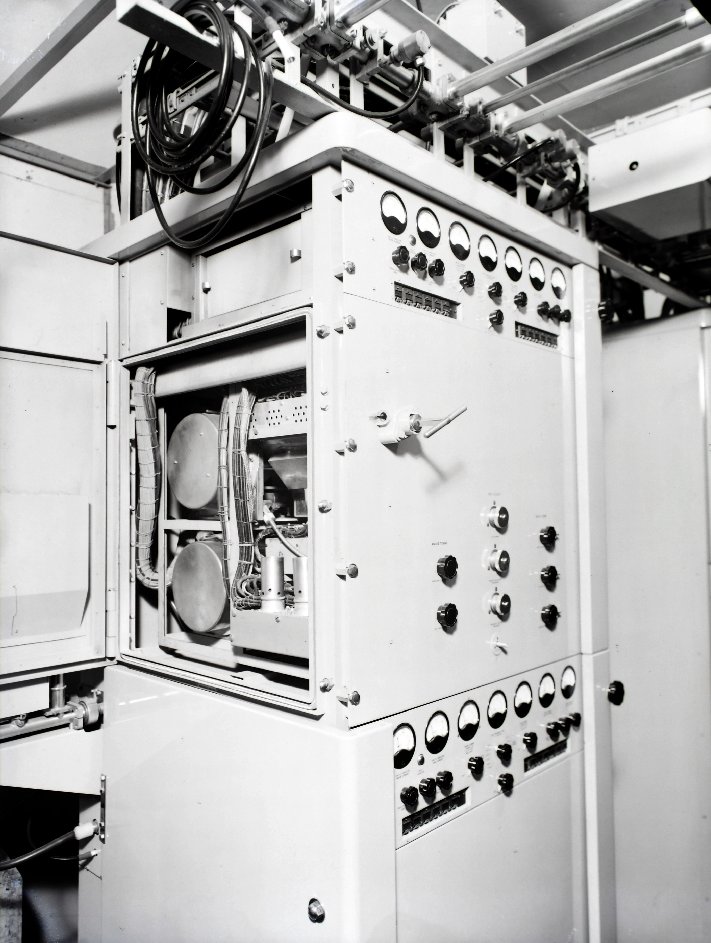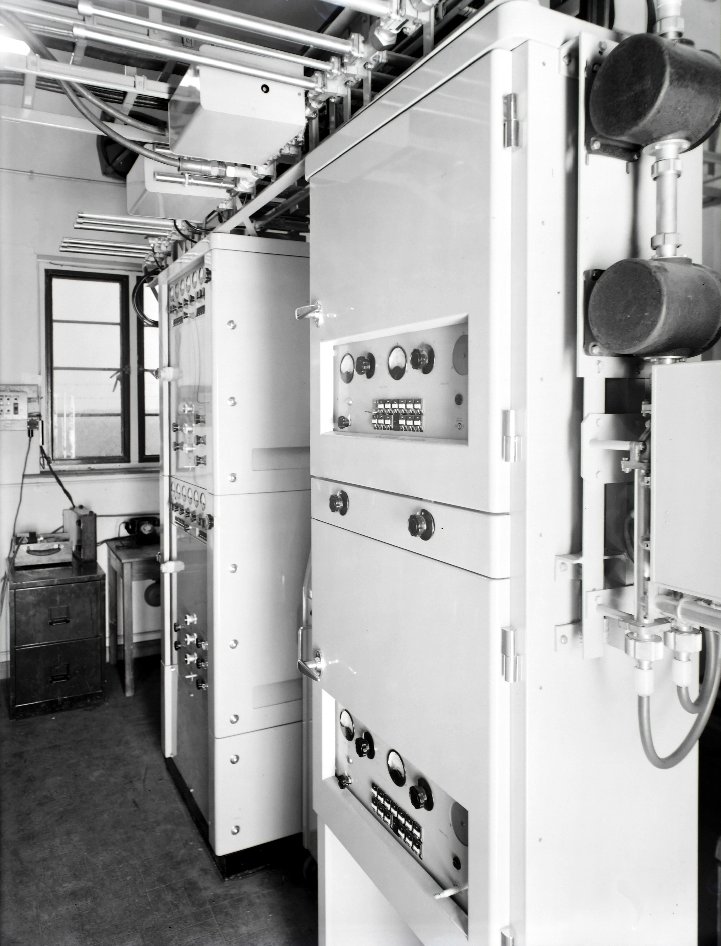Initial field trials for the London to Birmingham television link were carried out in December 1946 with further tests from the chosen sites in 1947. The requirement was to provide a link from Museum exchange in London to the central Birmingham exchange (both locations later gained concrete towers as part of the subsequent GPO microwave network, of course). In "Stage 1" the link was intended to be reversible but this proved troublesome in practice - "Stage 2" provided a permanent link in both directions. See "Tales from a Cold Field" for the BBC transmitter site's experience and apparent relief that there was also a cable route between London and Birmingham (link below)
The intermediate sites chosen were Harrow Weald, Dunstable (Zouches Farm), Charwelton and Turners Hill. All except Turners Hill continued to be used by the Post Office and BT as SHF link sites. Initially a single dish was used with the transmitters and receivers switched when the link was reversed. The dishes were a 14 ft paraoblic reflector - but reduced to 10 ft horizontally to allow a more compact mounting. A dipole and reflector were mounted at the focus and electrically heated to avoid ice forming. Conventional coax cable was used. Two frequencies were used in each direction, alternating for each section of the route. From London 870 MHz was used, then 890 MHz at Harrow Weald, 870 MHz at Dunstable, and so on. The return path started with a 917 MHz transmission from Birmingham, changing to 937 MHz at Turners Hill
 These images are Copyright BT Heritage, licensed under a Creative Commons License and reproduced under the following terms These images are Copyright BT Heritage, licensed under a Creative Commons License and reproduced under the following terms |

 These images are Copyright BT Heritage, licensed under a Creative Commons License and reproduced under the following terms
These images are Copyright BT Heritage, licensed under a Creative Commons License and reproduced under the following terms 




